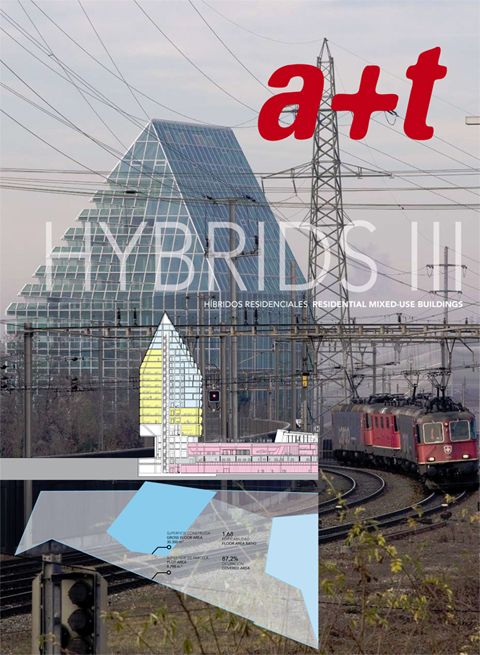
Hybrids III is the latest magazine from a+t architecture publishers.
Hybrids III é o mais recentemente lançamento da editora a+t, centrando-se no tema dos edifícios de uso misto com ocupação residencial.
Os Híbridos Residenciais são tipologicamente antagónicos a uma das mais paradigmáticas criações do movimento construtivista: o Condensador Social. As duas tipologias têm origem no período avant-garde do primeiro quarto do século 20. O Condensador Social, no entanto, nasce de uma visão ideológica do Estado sobre a realidade social, vindo a configurar um modelo de habitação particularmente influente no contexto europeu do período pós-guerra.
O Híbrido é originário de um conjunto de circunstâncias muito diferentes, de raízes firmadas no capitalismo americano. Onde a cidade europeia era guiada pela ideologia, a cidade americana era um palco para o negócio e a especulação. O híbrido encorajava o cosmopolitanismo e o contacto urbano, materializando um novo paradigma de cidade democrática; uma cidade nascida de múltiplas forças, integrando diferentes programas, diferentes promotores e diferentes utilizadores.
Hybrids III apresenta um trabalho de investigação sobre a integração da função habitacional em edifícios de uso misto, acompanhando uma selecção de 20 novos projectos que reforçam a interacção de uma variedade de usos urbanos em conjugação com actividades residenciais privadas. Entre os projectos publicados incluem-se trabalhos de Steven Holl, OMA, MVRDV, Neutelings Riedijk, Herzog & de Meuron, entre outros, apresentados detalhadamente através de diagramas, desenhos técnicos e pormenores de construção.
Visitem a página web da a+t para informação adicional sobre esta e outras publicações.
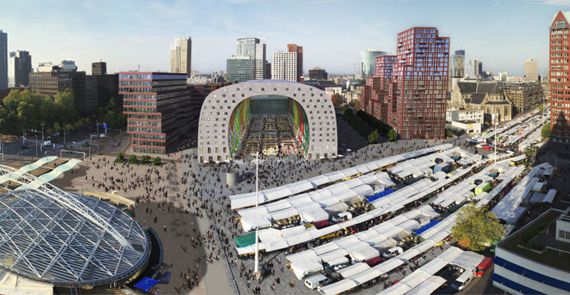
MVRDV: Market Hall, Rotterdam, The Netherlands, 2004-2012.
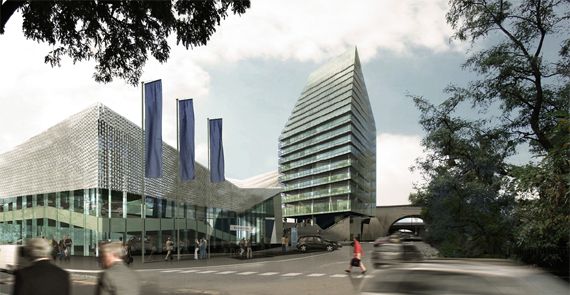
Herzog & de Meuron: St. Jakob Turm, Basel, Switzerland, 2007.
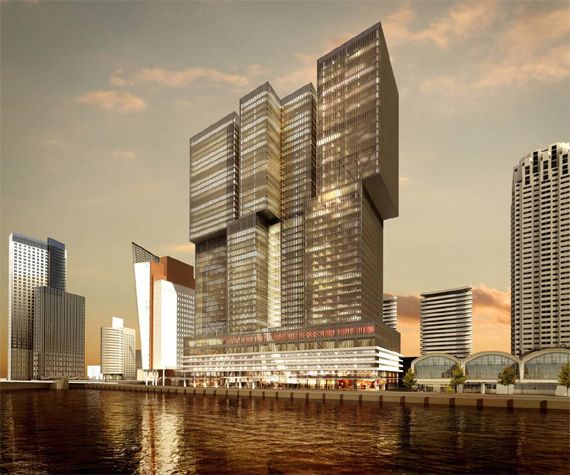
OMA: De Rotterdam, Rotterdam, The Netherlands, 1998-2011.
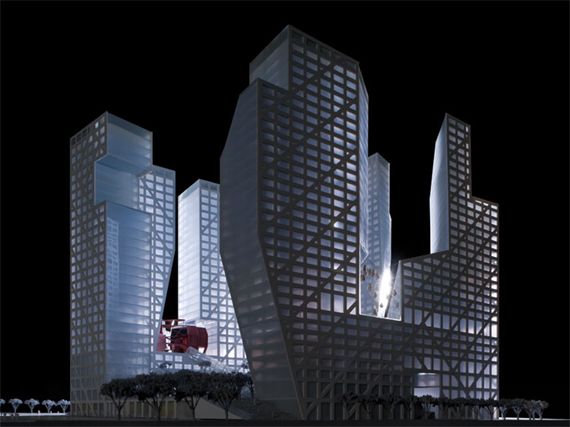
Steven Holl: Sliced Porosity Block, Chengdu, China, 2007-2011.
Hybrids III is the latest double-issue from a+t’s Hybrids Series, focusing on Residential Mixed-Use Buildings. Residential Hybrids are deemed as typological opposites to one of the most paradigmatic creations of the constructivist movement: the Social Condenser. Both typologies share their origins in the avant-garde era of the first quarter of the 20th Century. The Social Condenser, however, was born from State centered ideals under a recently created Soviet Union and would later become an extremely influential model for social housing in the European context, particularly after World War II. [+/-]
The Hybrid was originated from a very distinctive set of circumstances, with its roots firmly embedded in the American capitalist system. Whereas the European city was guided by ideology, the American city was an outcome of the free flowing economy, a playground for profitability and speculation. The hybrid encouraged urban contact and cosmopolitanism, becoming consequential to a new paradigm of democratic city; a city born from multiple driving forces, integrating different programmes, different developers and different users.
Hybrids III presents an extensive investigation on the issue of housing integration in mixed developments, followed by a selection of 20 new projects that encourage the interaction of a variety of urban uses while also successfully combining private residential activities within the public realm. Featured projects include the works of MVRDV, Steven Holl, OMA, Neutelings Riedijk, Herzog & de Meuron and many more, carefully presented and analyzed through diagrams, technical drawings and construction details. Visit a+t for additional information on this magazine and other publications.
Hybrids III presents an extensive investigation on the issue of housing integration in mixed developments, followed by a selection of 20 new projects that encourage the interaction of a variety of urban uses while also successfully combining private residential activities within the public realm. Featured projects include the works of MVRDV, Steven Holl, OMA, Neutelings Riedijk, Herzog & de Meuron and many more, carefully presented and analyzed through diagrams, technical drawings and construction details. Visit a+t for additional information on this magazine and other publications.
![[a barriga de um arquitecto]](http://2.bp.blogspot.com/-doCk6vK2R5k/WfbuRd0sCMI/AAAAAAAAFq0/2LEik04kW2kG9S6g9GIwWPz5gWetGVEhQCK4BGAYYCw/s1600/bA_LOGO_MOCHA_2016_650.jpg)

Sem comentários:
Enviar um comentário